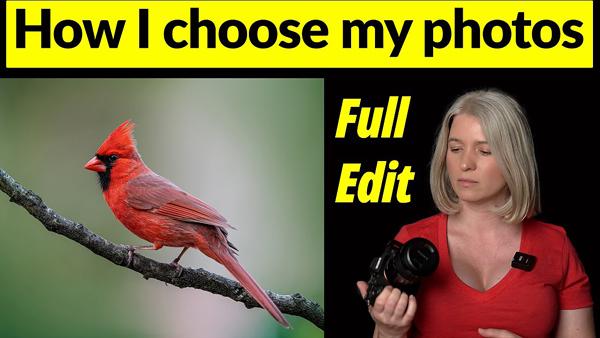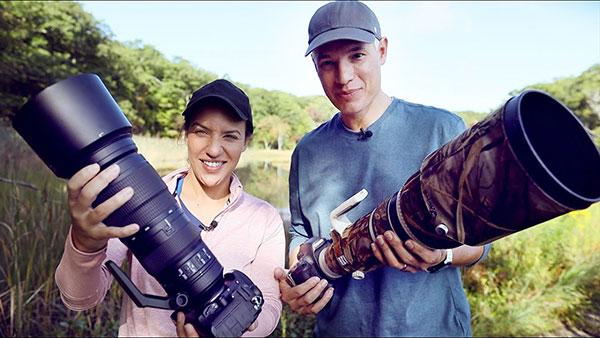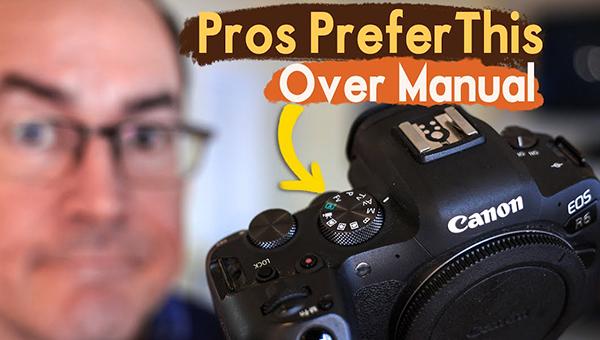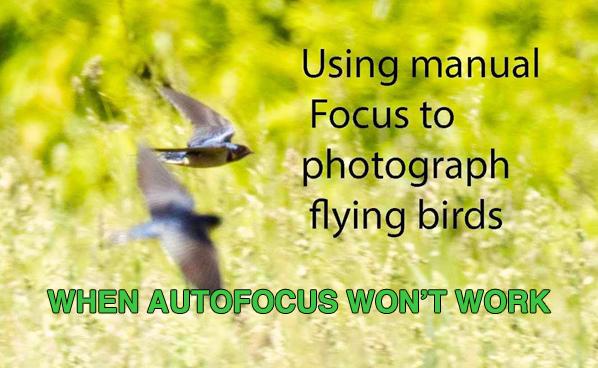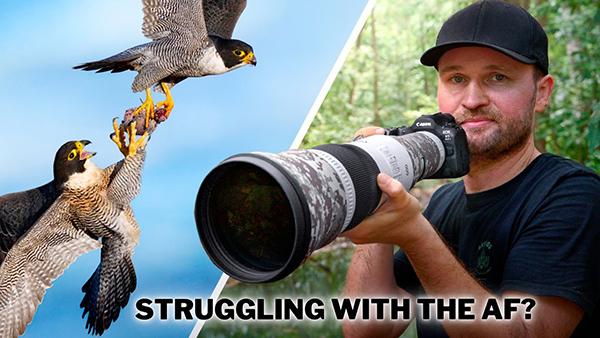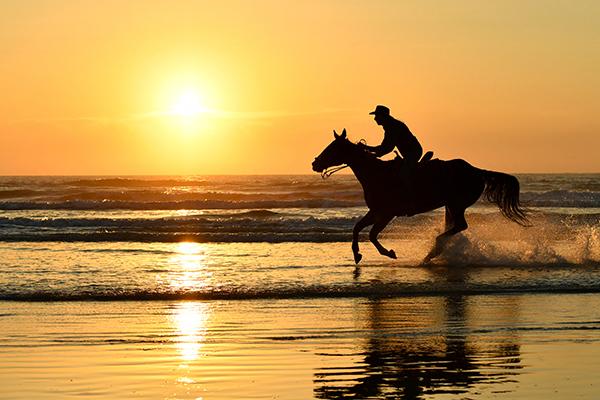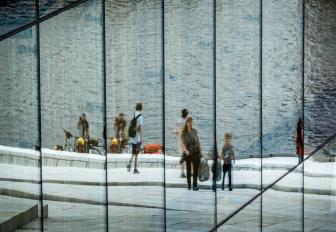Wildlife Photography How To
Sort By: Post DateTitle Publish Date
|
Aug 01, 2018
|
Jan 17, 2020
|
Jul 28, 2017
|
Mar 31, 2017
|
Sep 26, 2019
|
Jan 20, 2021




